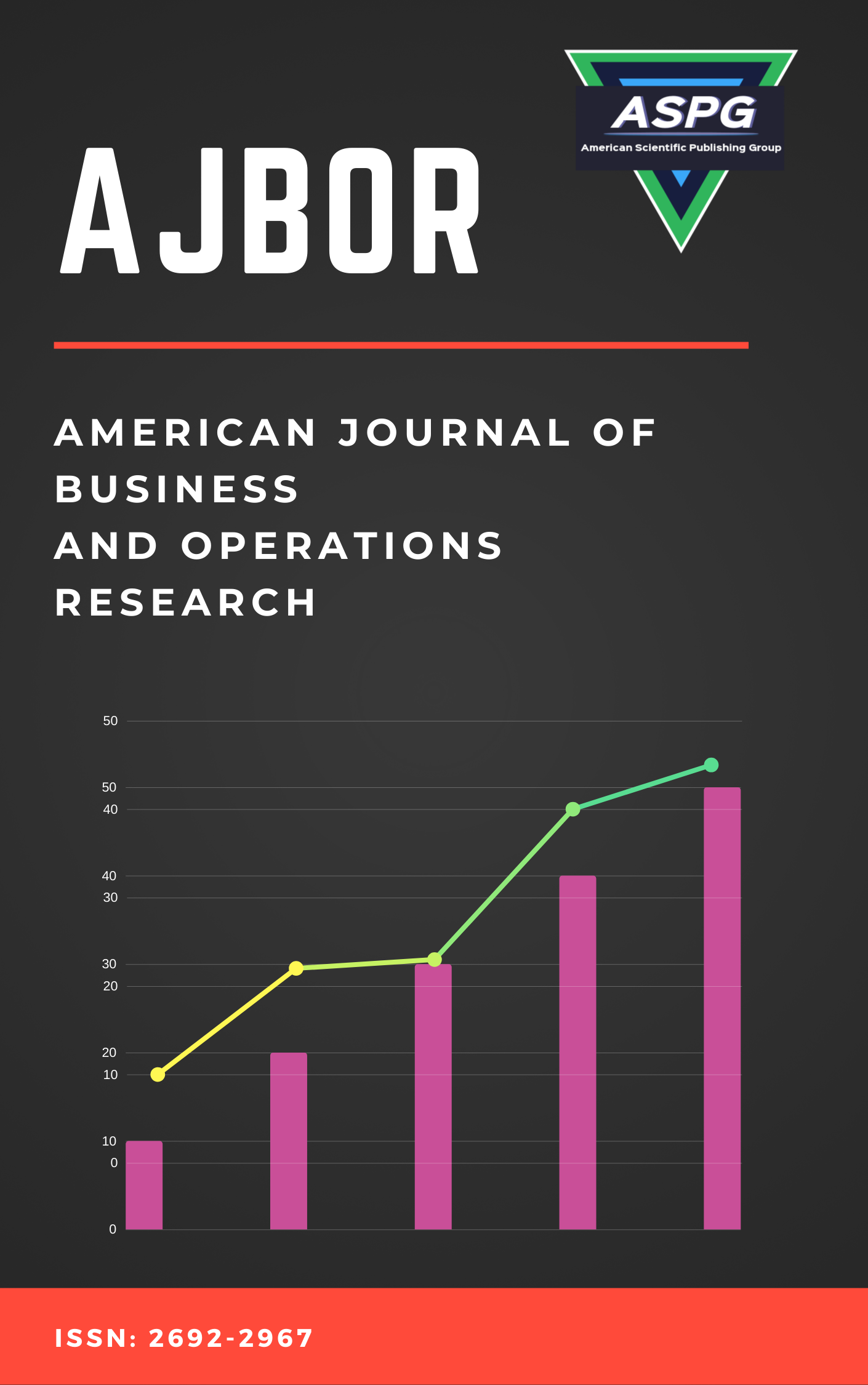

Sustainable healthcare systems are developed to priorities healthcare services involving difficult decision-making processes. Besides, wearables, internet of things (IoT), and cloud computing (CC) concepts are involved in the design of sustainable healthcare systems. In this study, a new Multi-objective Chaotic Butterfly Optimization with Deep Neural Network (MOCBOA-DNN) is presented for sustainable healthcare management systems. The goal of the MOCBOA-DNN technique aims to cluster the healthcare IoT devices and diagnose the disease using the collected healthcare data. The MOCBOA technique is derived to perform clustering process and also to tune the hyperparameters of the DNN model. Primarily, the clustering of IoT healthcare devices takes place using a fitness function to select an optimal set of cluster heads (CHs) and organize clusters. Followed by, the collected healthcare data are sent to the cloud server for further processing. Furthermore, the DNN model is used to investigate the healthcare data and thereby determine the presence of disease or not. In order to ensure the betterment of the MOCBOA-DNN technique, an extensive simulation analysis take place. The experimental results portrayed the supremacy of the MOCBOA-DNN technique over the other existing techniques interms of diverse evaluation parameters.
Read MoreDoi: https://doi.org/10.54216/AJBOR.040203
Vol. 4 Issue. 2 PP. 39-48, (2021)
Sentimental Analysis (SA) becomes a familiar topic among business people, which is commonly applied for the classification of sentiments from online reviews. It is generally treated as a sentiment classification (SC) problem where the online reviews are categorized into positive or negative polarities using the words that exist in the online reviews. With this motivation, this paper presents a new K-means clustering with hybrid metaheuristic algorithm (KMC-HMA) for SA and classification. The proposed KMC-HMA technique initially performs data preprocessing to remove the unwanted words from the product reviews. In addition, K-means clustering technique is used for the clustering of the massive quantity of the applied product reviews. Moreover, the clustered data are fed into the classification model based on hybrid ant colony optimization (ACO) with dragonfly algorithm (DFA). The ACO algorithm is used for the classification of product reviews and the performance of the ACO algorithm can be optimally tuned by the use of DFA. The performance validation of the KMC-HMA technique is validated using two datasets such as Canon and ipod. The experimental values pointed out the superior performance of the KMC-HMA technique over the recent state of art techniques.
Read MoreDoi: https://doi.org/10.54216/AJBOR.040201
Vol. 4 Issue. 2 PP. 49-56, (2021)
Customer churn prediction (CCP) is a crucial problem in telecom industry which helps to improve the revenue of the company and prevent the loss of customers. Customer churn is an important issue in service sector with highly competitive services. At the same time, the prediction of users who are probably leaving the company can be identified at an earlier stage to prevent loss of revenue. Several works have used machine learning (ML) techniques for predicting the existence of customer churn in different industries. With this motivation, this paper presents an optimal long, short-term memory with stacked autoencoder (OLSTM-SAE) technique for CCP in telecom industry. The OLSTM-SAE technique encompasses three subprocesses namely preprocessing, classification, and parameter optimization. The OLSTM-SAE technique classifies the preprocessed data into churn and non-churn customers. In addition, the grey wolf optimization (GWO) technique is used to adjust the variables involved in the LSTM-SAE model. For examining the enhanced performance of the OLSTM-SAE technique, an extensive simulation analysis takes place, and the outcomes are inspected with respect to various measures. The experimental results highlighted the betterment of the OLSTM-SAE technique in terms of different evaluation parameters.
Read MoreDoi: https://doi.org/10.54216/AJBOR.040202
Vol. 4 Issue. 2 PP. 57-64, (2021)
Singh et al. [1] presented a modified approach for solving transportation problems in neutrosophic environments. They stated that their modified approach for solving transportation problem had addressed the mathematical problems found in Thamaraiselvi and Santhi [2] approaches. But they also stopped to handle the existing problems in Thamaraiselvi and Santhi’s approach. After a deep study of Singh et al.’s method, it is observed that Singh et al. have considered several mathematical incorrect assumptions in their proposed method, and hence it is scientifically incorrect to use Singh et al.’s method and Thamaraiselvi and Santhi’s method in their present forms. This research aims to make the researchers aware of the mathematical incorrect assumptions, considered by Singh et al. in their proposed method as well as to suggest the required modifications in Singh et al.’s method and Thamaraiselvi and Santhi’s method.
Read MoreDoi: https://doi.org/10.54216/AJBOR.040204
Vol. 4 Issue. 2 PP. 65-76, (2021)